
No, while all orthodontists are also dentists, the reverse is not true…a dentist is not an orthodontist, as orthodontists require additional specialized training beyond dental school, focusing on diagnosing and correcting alignment issues.
Here's a more detailed explanation:

Yes, orthodontics can significantly change your life by improving oral health, boosting self-confidence, and potentially leading to better social and professional interactions, all while enhancing your overall quality of life. Here's a more detailed look at how orthodontics can impact your life.

A Sweet Tooth's dream come true??

Those with obstructive sleep apnea often snore, gasp, or choke and have witnessed pauses in breathing during sleep.

Is Your Weight Loss Drug Causing Bad Breath?

Make this Warwick favorite at home!
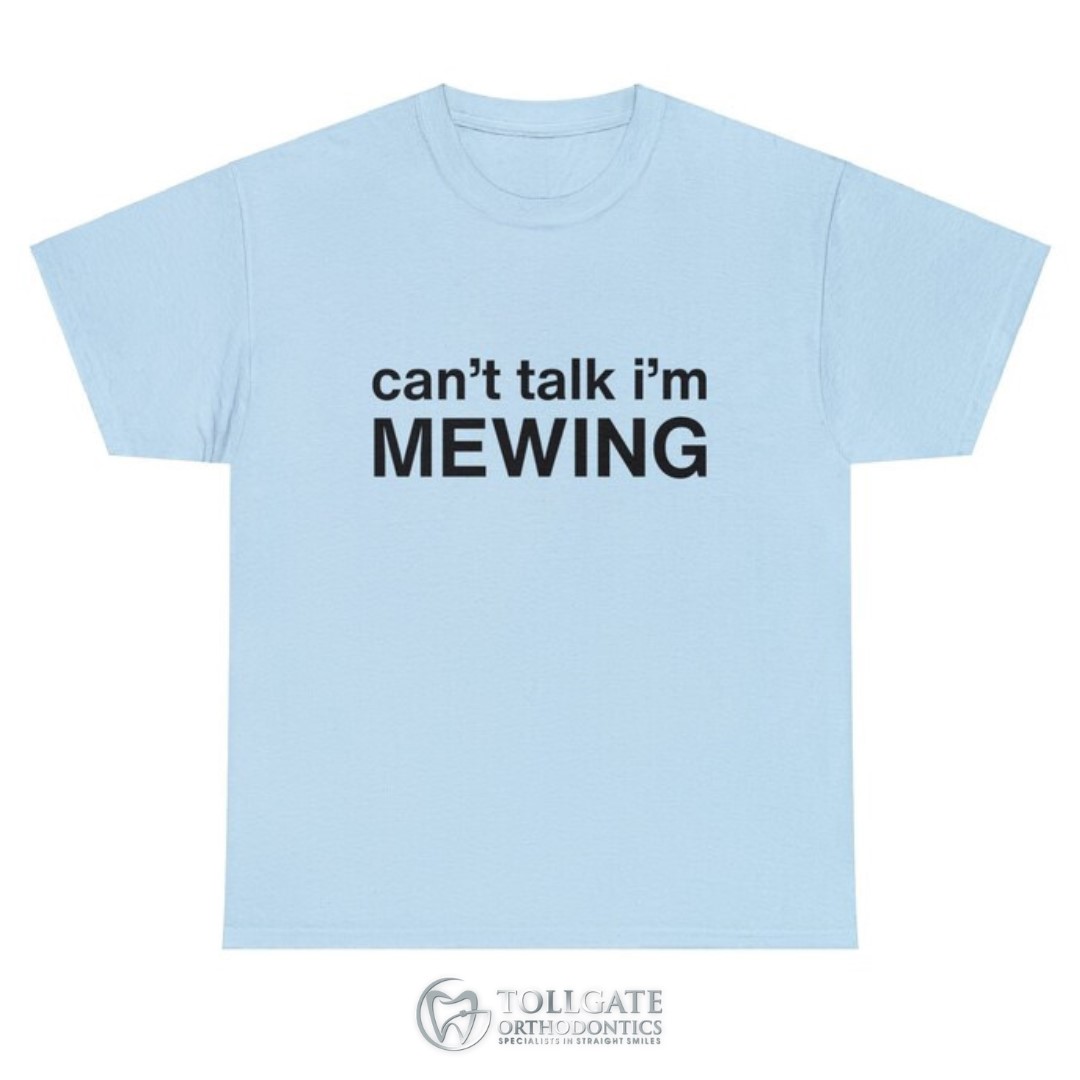
The online viral movement claims it can reshape your jawline but does it work?

Add your smile to your wedding planning checklist

Courtesy of Tricare Communications

Does the viral TikTok practice really work?

Cheers to the New Year with some smile themed cocktails!

Braces-Friendly Disney Mac N Cheese
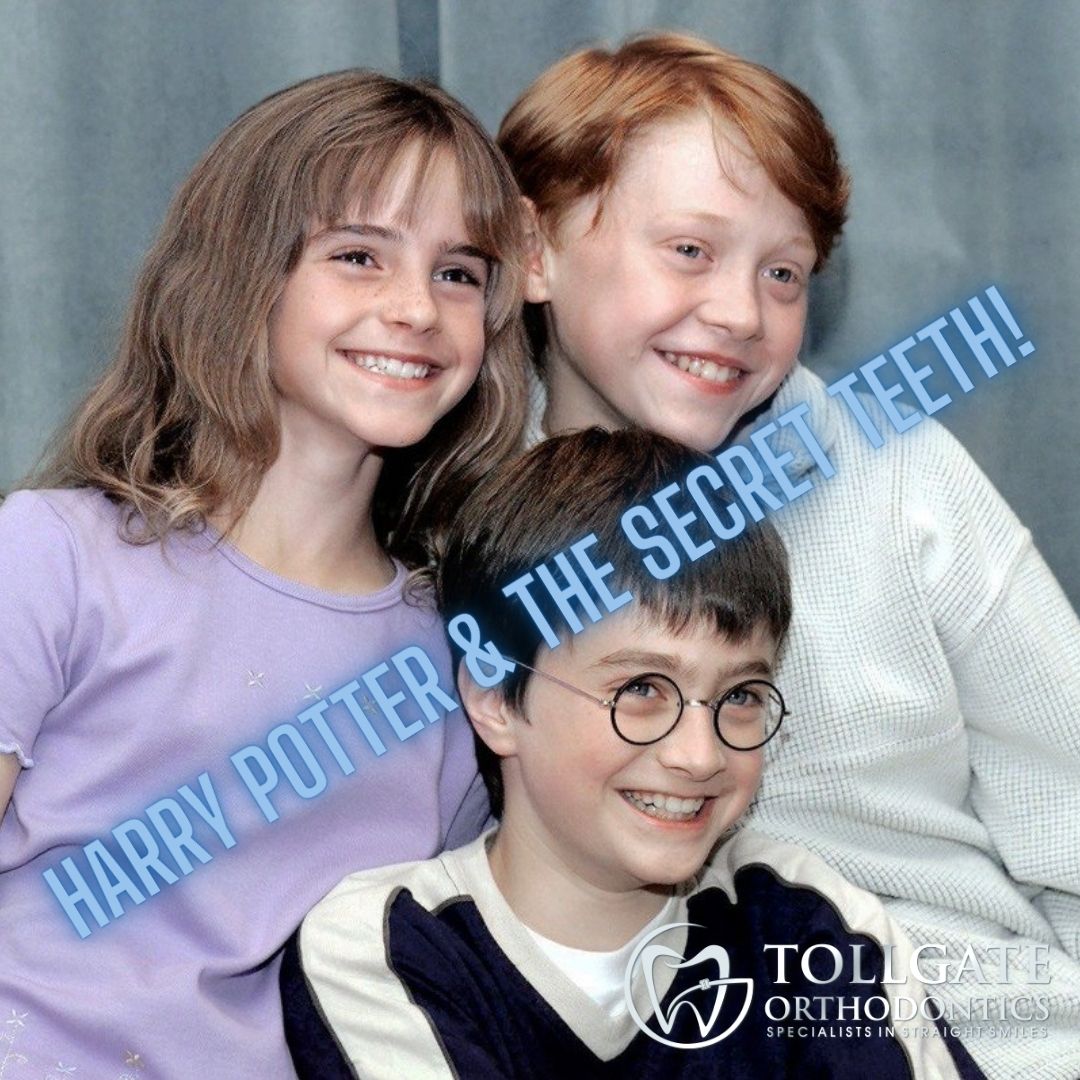
Cast members share secret facts about their teeth during filming

Prepare yourself for this life changing experience
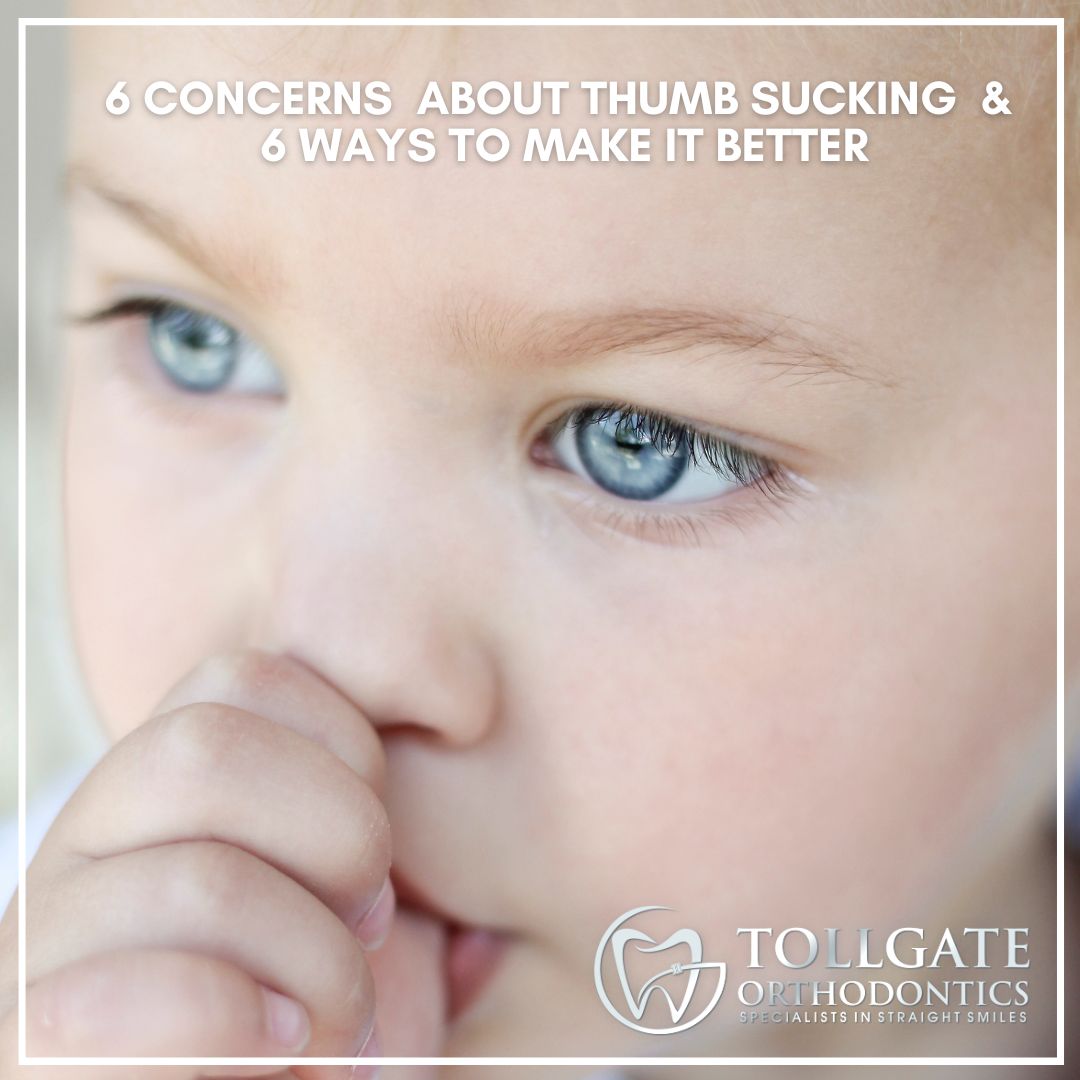
Thumb sucking, while cute, can lead to some real concerns...

Important questions to ask if you want braces or aligner coverage
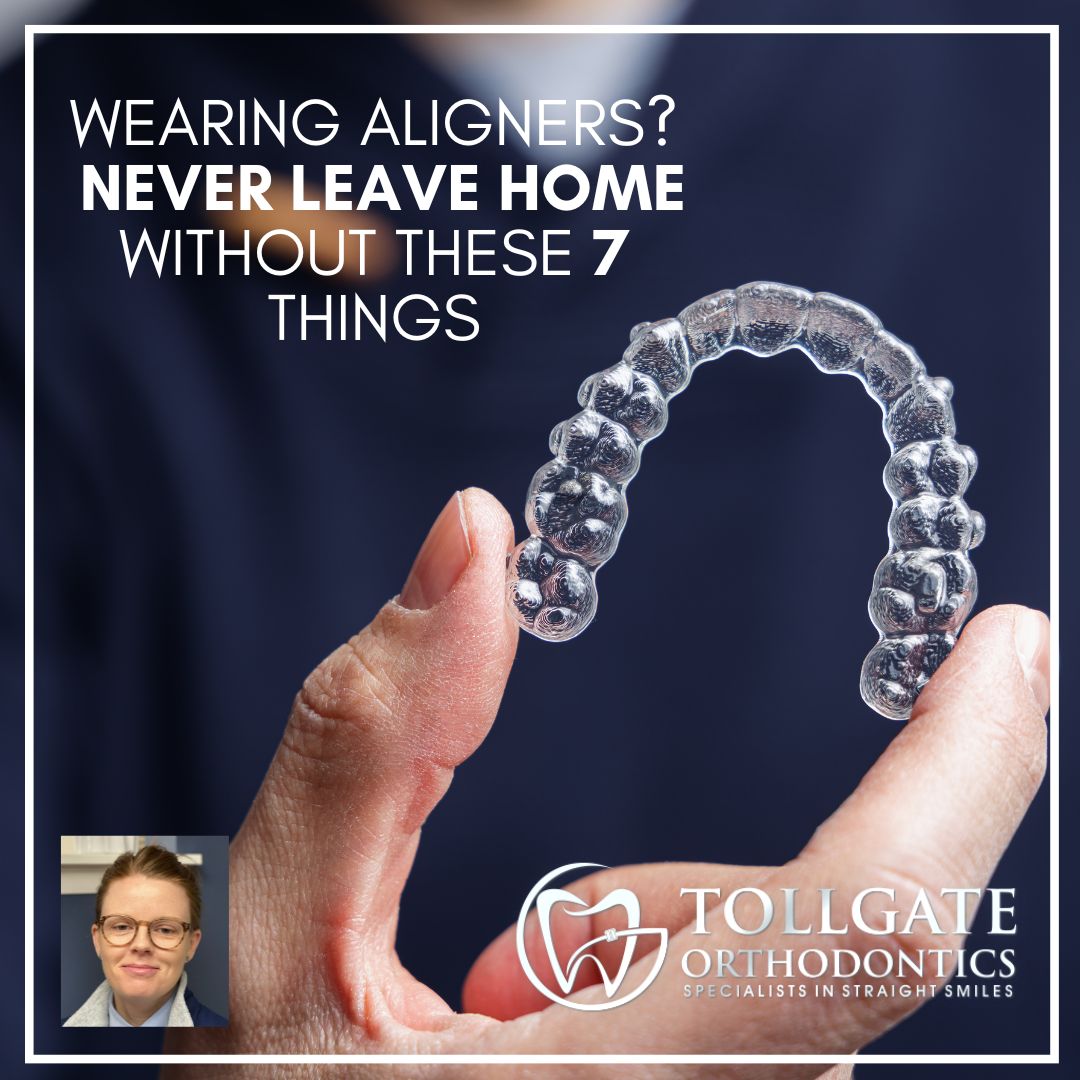
Rebecca is back with more advice from her aligner journey...

Tips for staying on track




Our systems are interconnected....

Instant whitening?

Why Is This Happening?

They're Popular, But Do They Deliver on Their Promises?
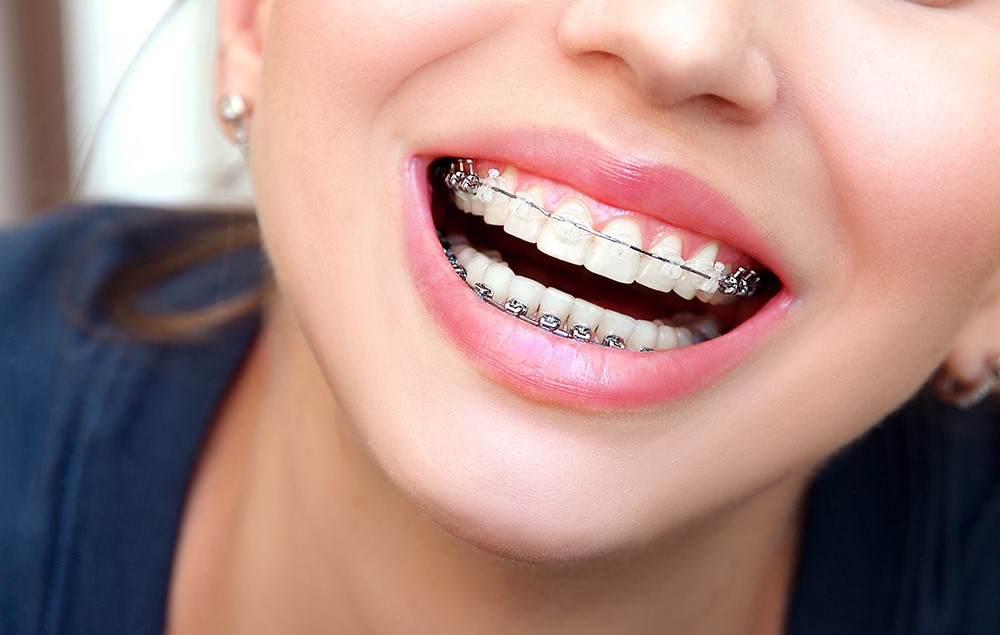
6 Reasons We Love Damon Braces

We hear this story SO often! People are often shocked that their family dog chews up their retainers. This happens with surprising frequency

Tollgate Orthodontics Aims to be Eco-Friendly
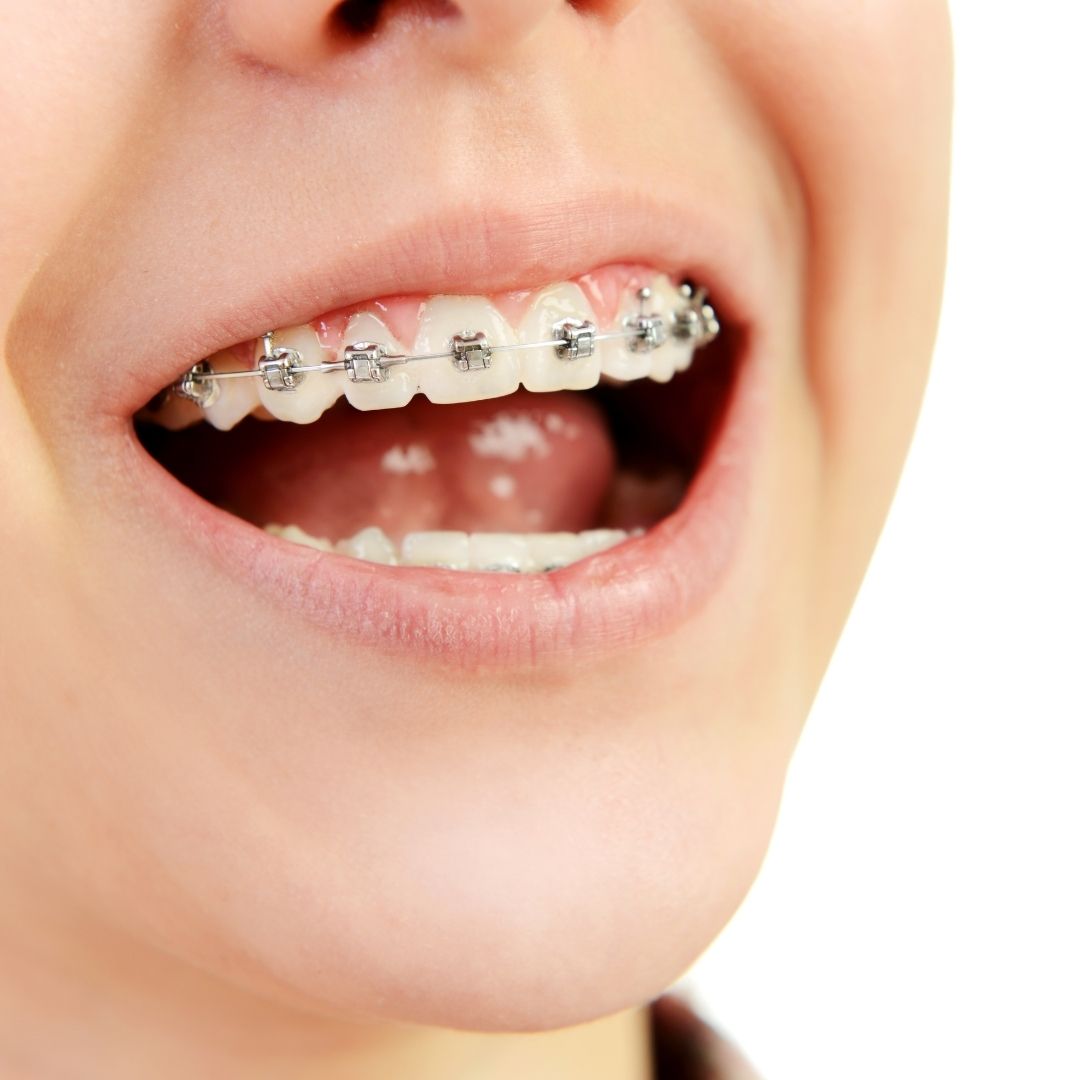
Considerations When Choosing an Orthodontist in Rhode Island

It’s Our Celebration, But YOU Get the Gifts! Wait, What?!
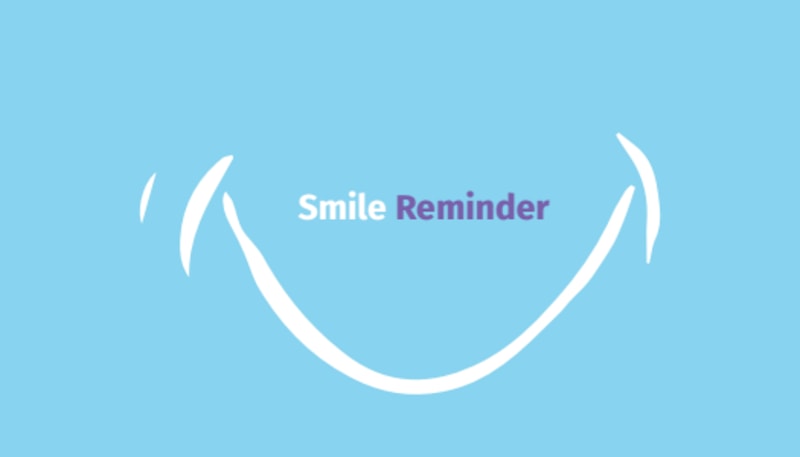
Can you remind me again why I need to wear my elastics or change my aligners??
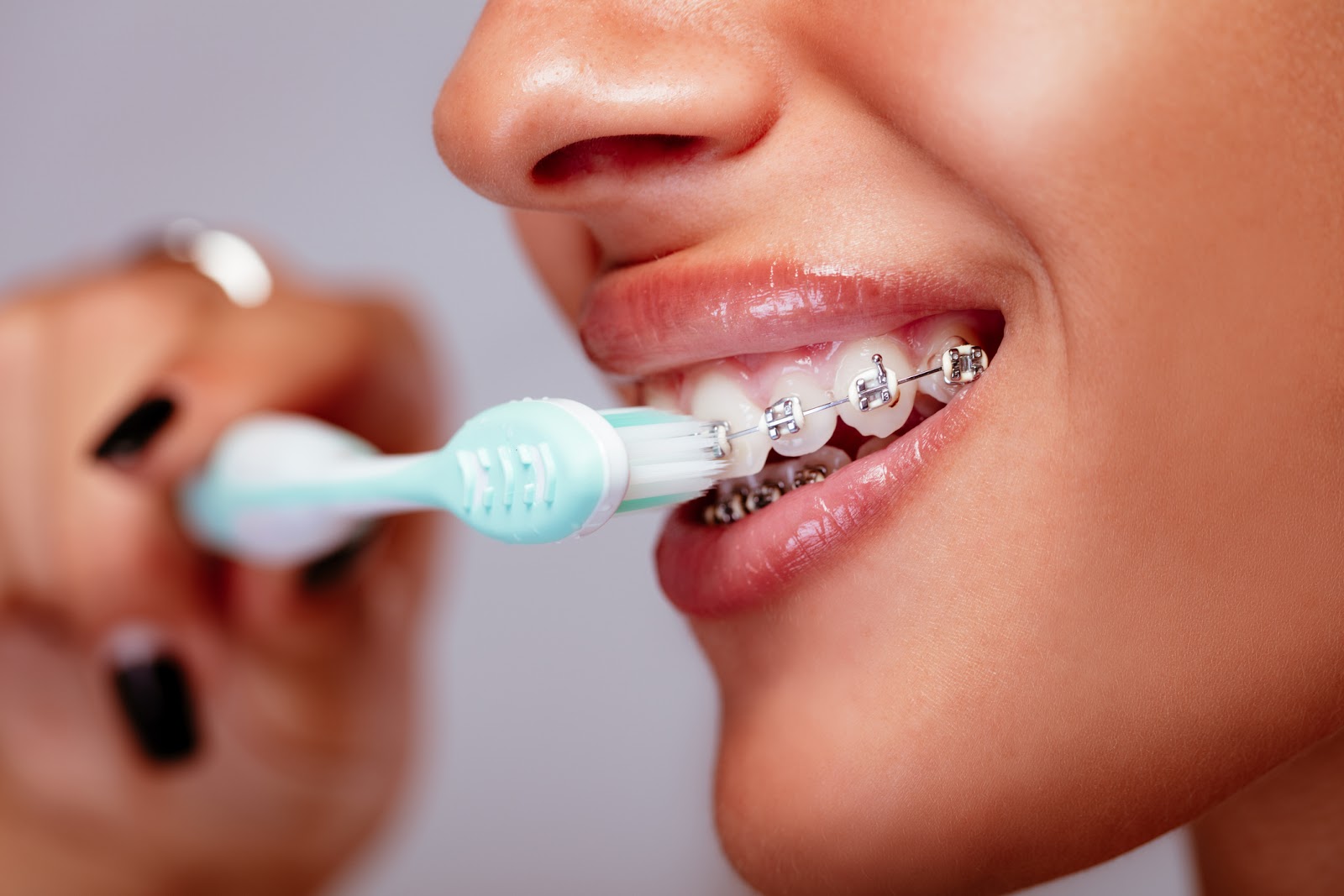
Your health and safety are top priority to all of us at Tollgate Orthodontics, and as such, we have closed our office for non-essential appointments per the request of the Rhode Island Department of Health. If you have an appointment scheduled during the time that we are closed, a team member will be contacting you to determine a new date and time for your appointment. As always, Dr. Eves is available for emergency appointments if you are in discomfort from your braces and need assistance. Thank you in advance for your patience; we understand that this is a difficult time for everyone.

On a recent outing in Goddard Park in East Greenwich, the Tollgate Orthodontics team could be found horsing around…literally! Our team headed out for a group horseback ride through the beautiful park trails to celebrate a team member’s big event. As we wound our way along the water and under canopies of leaves,
Want a beautiful smile? Not sure if you have enough time to come into our Warwick or Jamestown offices? Maybe you’ve wanted to improve your smile for a while or perhaps get back to the smile you used to have before your teeth started to shift, but you don’t feel like you have the time to thoroughly investigate our various treatment options.
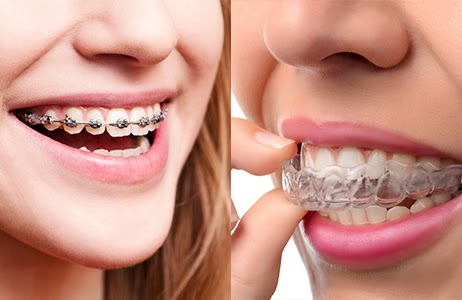
At Tollgate Orthodontics, we know that having a great smile provides many physical and social benefits. That’s why we’re dedicated to helping patients achieve perfectly aligned smiles, through a variety of treatments like Rhode Island Invisalign, teeth whitening, and braces in East Greenwich, RI. We’re proud providers of Damon braces, which are a clinically proven, highly effective treatment that provides faster results. If you’re interested in transforming your smile, you’re probably wondering whether you should opt for braces or Invisalign. Let’s take a look at some of the differences below.
At Tollgate Orthodontics, Dr. Eves and our orthodontic team love our office and our patients in Jamestown. This is a magical town. Jamestown puts a smile on our faces year-round (check out our treatment options to make sure it’s the smile of your dreams!), but the summertime is special. Aside from the beautiful scenery, there are many wonderful activities in which to participate.
Getting braces for the first time is exciting. It marks the first step on a journey towards a beautiful, healthy new smile – and at Tollgate Orthodontics, we're proud to help patients throughout the Warwick and Jamestown, RI areas take that step every day. However, starting with braces also means you'll need to make a few lifestyle changes, and diet is one of the biggest. If you've recently started treatment with braces or are thinking about getting braces for yourself, it’s vital to know not only how to care for your braces, but also what foods you can during treatment.
We all know that having proper oral hygiene is extremely important. However, many of us tend to forget about the importance of flossing in our daily routines. Our orthodontist, Dr. Daniel M. Eves, DMD, MS, recommends that you floss at least once per day. You’d think that floss has been around for hundreds of years. However, flossing has only been around since 1891 when a dentist from New Orleans recommended running a waxed thread between each tooth using the motions we still teach to remove what brushes are unable to reach. This, he said, will remove the true sources of many oral diseases.
Want To Sink Your Teeth Into Some Delectable Treats This Summer Without Putting Your Braces In Danger? Check Out These Braces- Friendly Summer Recipes Today!
At Tollgate Orthodontics, we stay on the cutting edge of advancements in orthodontic technology to ensure that we can always bring our patients the latest and greatest in orthodontic care. We combine that state-of-the-art technology with the experience and knowledge ofDr. Evesand our talented orthodontic staff to create the best treatment experience possible for our patients every time; an experience where they feel comfortable and confident that they are getting the care they deserve.
Whether you’re a kid or an adult, the last thing that you want when your orthodontist finally takes your braces off is to see a perfectly straight smile that’s riddled with tooth decay. That’s why maintaining a consistent and thorough oral hygiene routine is a crucial part of your orthodontic treatment, since it makes sure that your new smile is a healthy smile. To make sure that you don’t have to make a trip to the dentist when you’ve finished with your braces, Dr. Eves and our team put together this guide on the proper way to brush your teeth when you’re in braces.
Valentine's Day is all about sharing some love, whether that’s with you friends, family, or a special someone in your life, as well as indulging in some of those delicious heart shaped candies and chocolates. While sinking your teeth into some sweet and showing those candies how much you love to eat them, those with braces need to be extra careful, since no one loves holding a braces bracket in their hand that had popped off their teeth when eating that “one more” piece of chocolate. To make sure that your braces make it through Valentine’s Day, your friends here at Tollgate Orthodontics have put together this quick guide to getting the most out of this lovely holiday without the need for a spontaneous visit to our office to fix your braces!
Whether 2017 for you has been fantastic, nothing special, or just not your year, you can get a head start on 2018 by giving yourself a unique and special gift for the holidays: a new, perfect smile. A new smile is the kind of gift you only need to get once, unlike this season’s new fashion or that new smartphone that will have a new model 6 months from now, and it’s a gift that you will be able to enjoy for a lifetime. At Tollgate Orthodontics, we provide the families of Warwick, Jamestown, East Greenwich, RI with professional orthodontic treatment, using state of the art technology to create new, beautiful smiles to patients of all ages. If you want to learn more about how a new smile can get you on the right track for 2018, check out the benefits of orthodontic treatment below!
It's almost the beginning of the holiday season, with Halloween quickly approaching to start it all off. Along with it comes a tidal wave of candy and other sugary treats that will definitely satisfy your sweet tooth, but likely leave it with some tooth decay as well. All of that sugar will quickly turn into harmful plaque, that will eat away at your teeth faster than you can reach for that next candy bar.
If you want your smile to make it through this spooky holiday with your smile unscathed by the sugar onslaught, then follow these helpful tips from Tollgate Orthodontics about how you can take care of your teeth this Halloween.
It’s no secret that your teeth are going to hurt for a few days when you first get your braces on. And nothing is worse than when your teeth hurt and you’re hungry. To help alleviate some of your discomfort, here are some recipes & ideas for soft foods that won’t hurt your sensitive teeth when you first get your braces on.

Pursuing orthodontic treatment is an important step toward obtaining better oral health. Yet it's important to take care of your teeth during your orthodontic treatment so that your perfect smile doesn't arrive with other dental problems. At Tollgate Orthodontics in Rhode Island, we understand that your orthodontic treatment is an investment of time and money, which is why we strive to make your treatment as efficient, quick, and comfortable as we can. Those who wear braces are more prone to dental issues than those who don't wear braces. That is why our board certified orthodontist wants to equip our patients with the proper information to maintain a healthy smile during their treatment.

Dr. Eves and his team at Tollgate Orthodontics would like everyone to know that April is Oral Cancer Awareness Month. We’d like to stress how important it is to be screened for oral cancer regularly as early detection is key to beating this disease. When detected early, the survival rate can be as high as 90 percent. However, if it’s discovered late, the survival rate drops significantly to between 20 and 30 percent. Therefore, it’s very important to see your family dentist regularly for routine checkups and oral cancer screenings.

When you’re looking for a board-certified orthodontist in Rhode Island, we at Tollgate Orthodontics hope you’ll make us your choice. Our highly-trained team of orthodontic specialists is committed to giving you the personalized and exceptional orthodontic care that you deserve. Undergoing orthodontic treatment is a long process that requires an orthodontist and orthodontic team you can count on. We understand that it may be difficult finding a trusted orthodontist in Rhode Island, so we’d like to give you a quick list of what you should look for when picking an orthodontist.
A new year means a new beginning. It also means one other thing - New Year's resolutions! This year, why not give your smile a new beginning with a smile makeover. At Tollgate Orthodontics, we offer plenty of different orthodontic treatments, including traditional braces, Damon braces, and Invisalign, that are perfect for giving you the smile that you deserve. As a board-certified Jamestown, RI orthodontist, we've provided you with a few reasons as to why you should consider to make improving your smile one of your New Year's resolutions.






